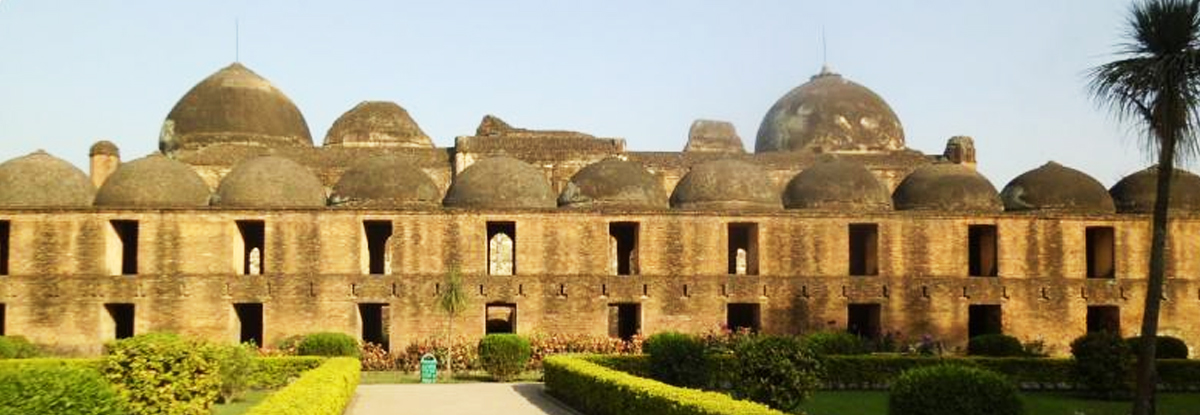Murshidabad
ONCE UPON A TIME
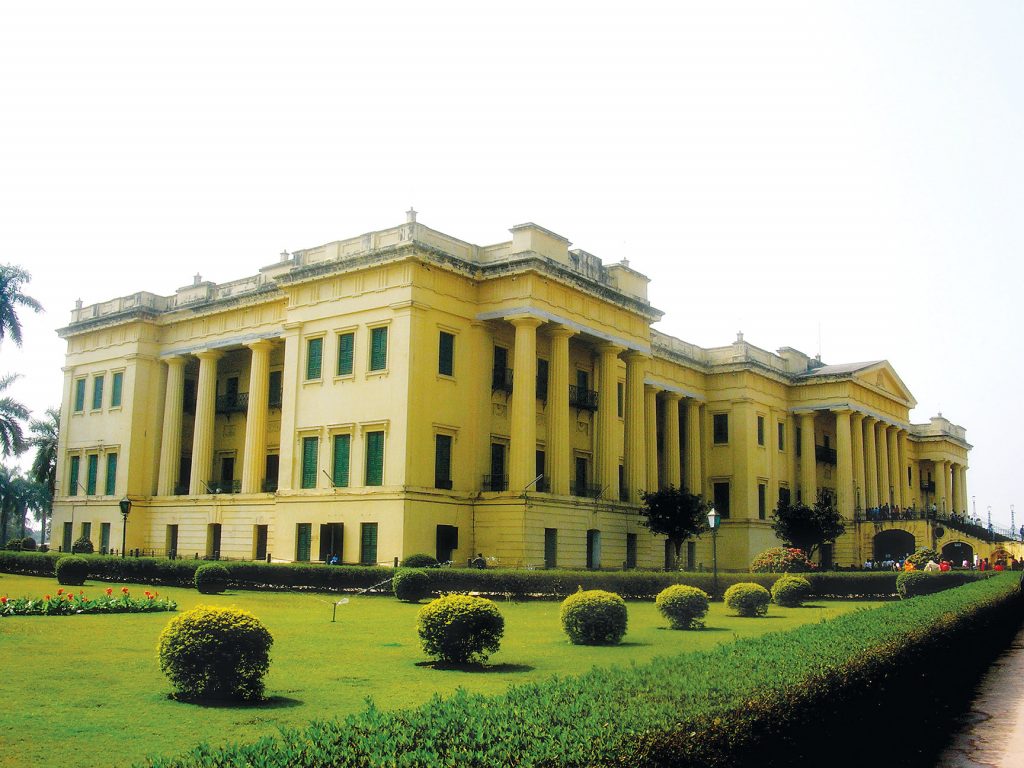
The glory of Murshidabadʼs royal past may have faded long ago but the atmosphere of the city is still replete with nostalgia. Located on the southern banks of the Bhagirathi, a tributary of the Ganges River, during the Mughal period it was the capital of Bengal. In 1704, Murshid Quli Khan, the Diwan of Bengal under Aurangzeb transferred the capital from Dacca (now Dhaka in Bangladesh), and renamed the city Murshidabad after himself.
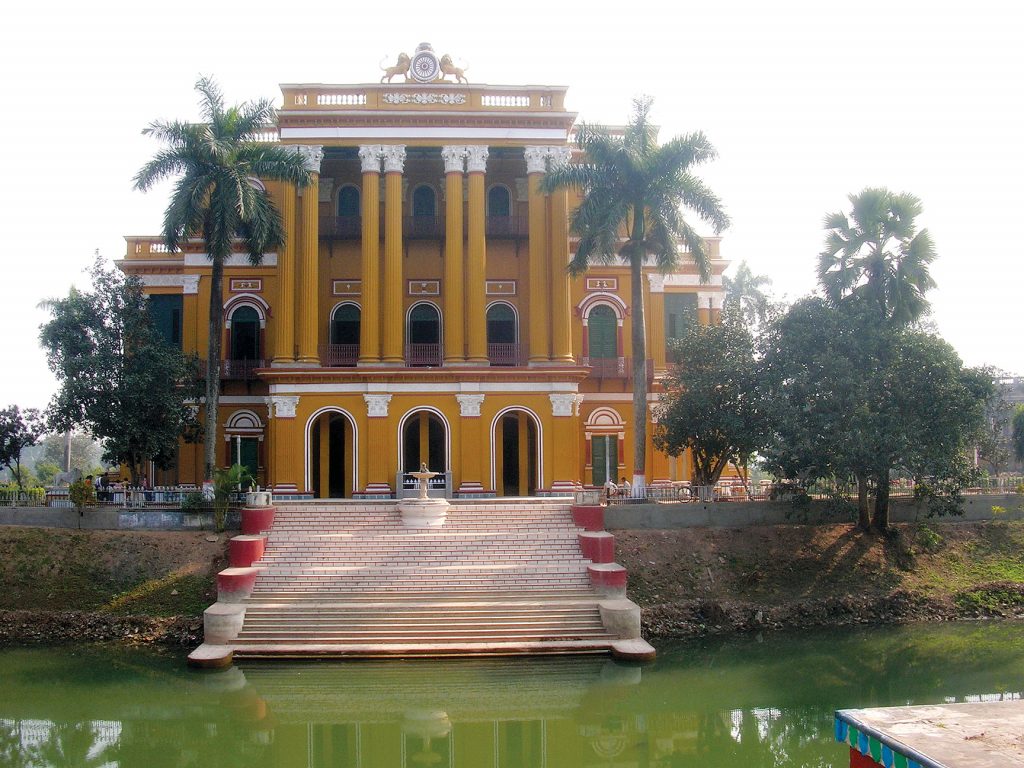
“Murshid Quli Khan built the magnificent Katra Masjid. After his death in 1725 he was buried below the steps of the holy mosque”. In 1716, he attained the title of ʻNawabʼ of the province of Bengal, and Murshidabad became his capital. Murshid Quli Khan built the magnificent Katra Masjid. After his death in 1725 he was buried below the steps of the holy mosque. The family of Jagat Seth maintained their position as state bankers at Murshidabad for several generations. Even after the conquest of Bengal by the British, Murshidabad remained for some time the seat of administration.
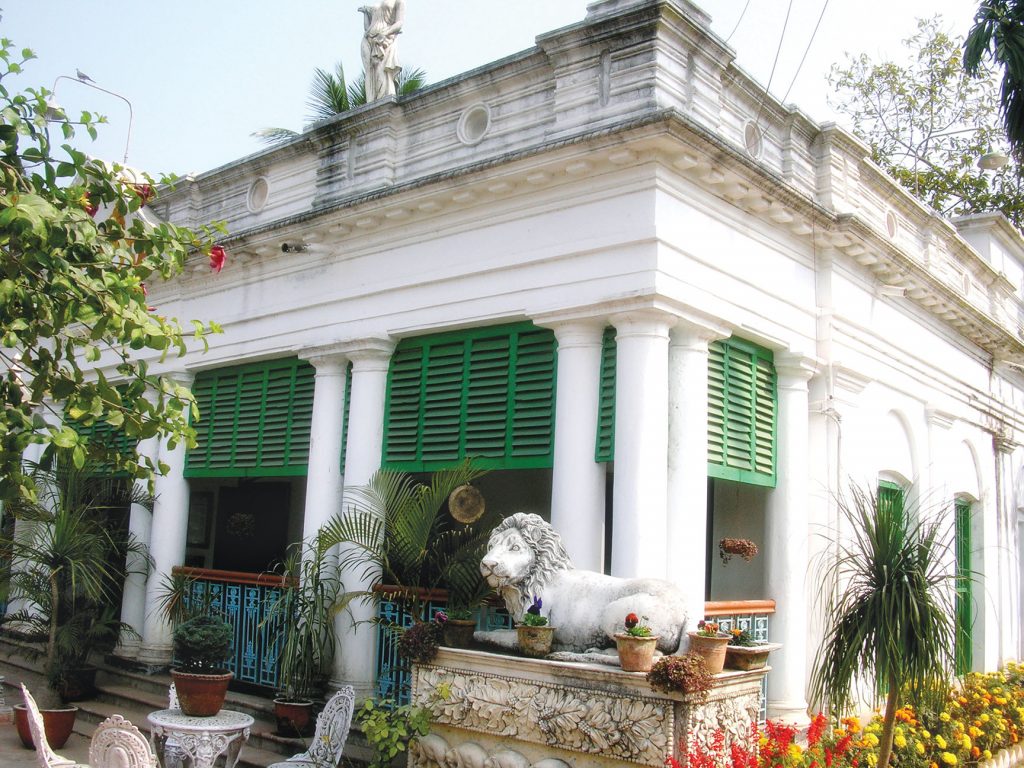
Warren Hastings removed the Supreme Civil and Criminal courts to Calcutta in 1772, but in 1775 the latter court was brought back to Murshidabad again. Suja-ud-Din, alias Suja Khan, son-in-law of Murshid Quli Khan, came to the throne of Murshidabad after his father-in-lawʼs death. Suja Khan was a charitable, just and impartial ruler, and gave great encouragement to learning. He was also a patron of art and culture. After his death in 1739 he was buried in Roshni Bagh, the ʻGarden of Lightʼ, near Farah Bagh. His son, Sarafraz Khan, then became the king. Though a man of valour and religious temperament, his short career ended after a mere thirteen months of reign when he was defeated at the battle
of Giria in 1740 by Alivardi Khan who ruled for sixteen years. Alivardi Khan had to face continual attacks by the Marathas and rebellion by the Afghans. He maintained good relationships with the Europeans but did not allow them to increase their military power.
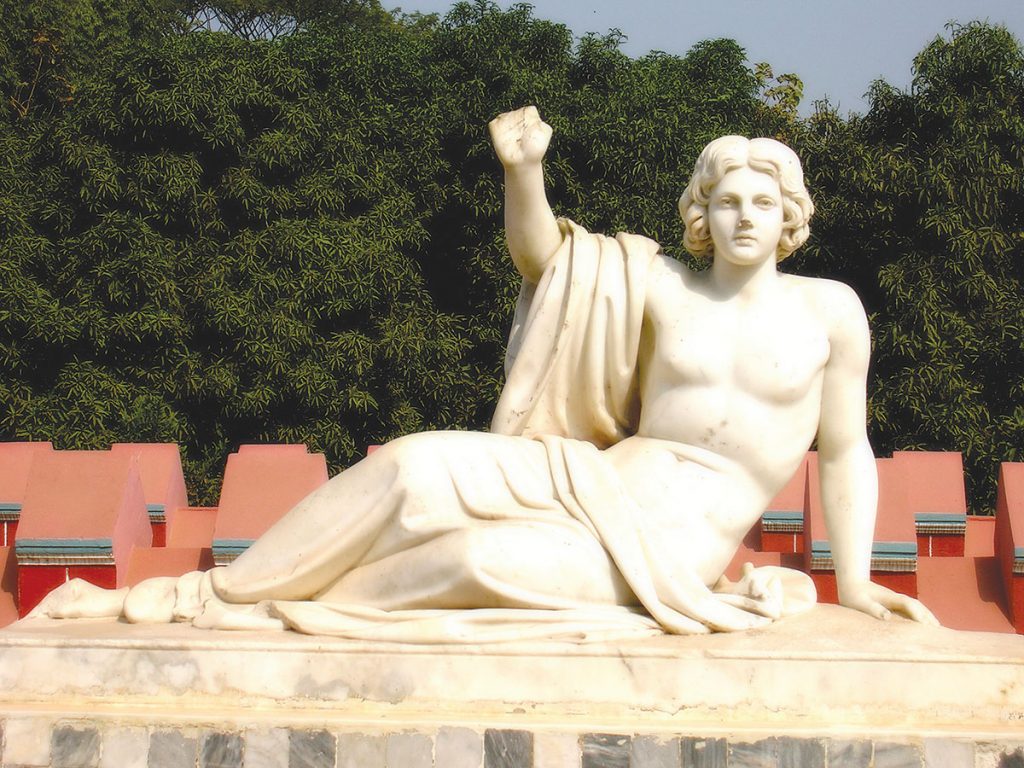
Siraj-ud-Daula, the favourite grandson of Alivardi, ascended the throne on the death of his grandfather. The young Sultan had to face the ambitions of the increasingly powerful British and the intrigue of his disgruntled relatives and bureaucrats. He tried to encounter these by first robbing his aunt, Begum Ghasiti, of her wealth and reducing the rank of the Commander-in-Chief of the royal army, Mir-Jafar. In 1756 Siraj occupied the Cossimbazar factory of the British. Then he went on to occupy Calcutta in June 1756. But, when he had to go to Purnea, Bihar, to quench the rebellion of his arrogant cousin, Shaukat Jung, also a claimant to the throne, the British amassed forces and re-conquered Calcutta in February 1757 and struck a secret treaty with Mir Jafar. The British also captured the French factory at Chandernagore even as the former sought asylum from the Nawab. The Nawab and the British army, under Robert Clive, met for the final round at Plassey. In an act of great betrayal by Mir Jafar, Siraj was defeated in 1757 and killed.
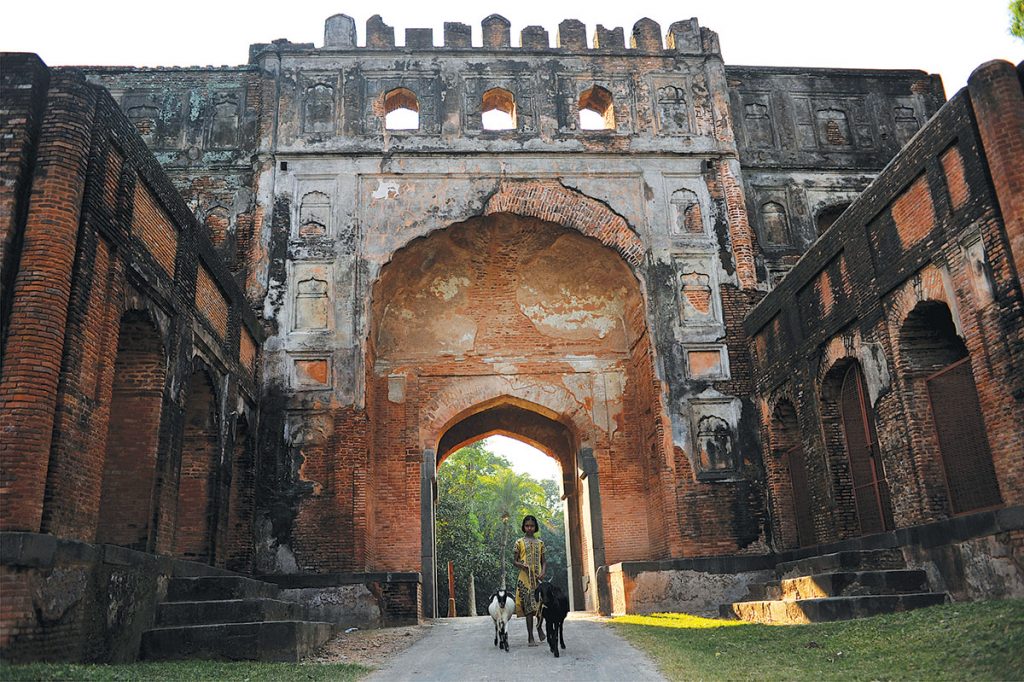
The path was now clear for Mir Jafar to call himself the unchallenged sovereign of Bengal. However, he was an incompetent ruler and the British replaced him with his son-in-law, Mir Qasim, in 1760 on account of non-payment of dues. Mir Qasim paid the dues but started to show signs of insubordination. He shifted his capital to Monghyr in Bihar and re-organised his own army. The British did not approve of this and defeated him in the Battle of Buxar in 1764. Though Mir Jafar finally regained the crown, he died the following year. Then ruled a number of Nawabs in succession who remained mere puppets in the hands of the British. Slowly, the grandeur of the royal court faded. But Murshidabadʼs history can still be glimpsed in some of the grand palaces, mosques and mansions that stand in silent testimony, recalling the past.
Today, the Hazarduari Palace, or the palace of a thousand doors, is the chief tourist attraction. This opulent structure, spread over three floors, was built in 1837 by Duncan McLeod for the Nawab Humayun Jah, a descendent of Mir Jafar. The Hazarduari Palace unfolds over 41 acres and is one of the finest museums in West Bengal with an exquisite collection of armoury, splendid paintings, exhaustive portraits of the Nawabs and many other valuables.
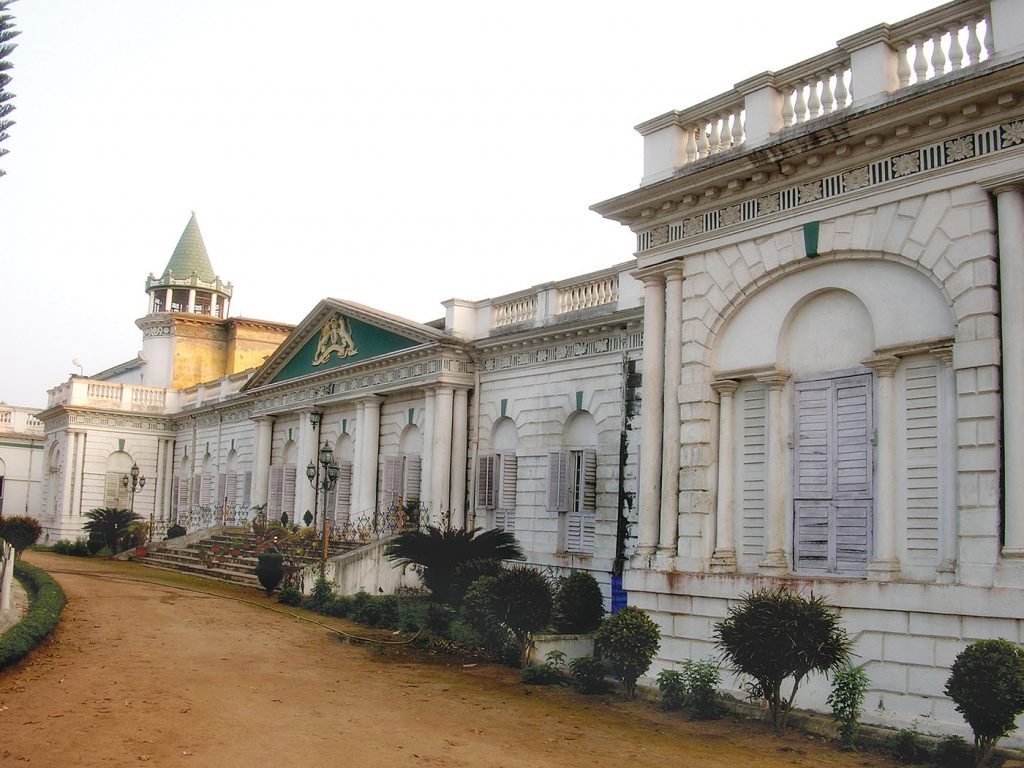
Parallel to the north face of the Hazarduari Palace looms large the Nizamat Imambara built in 1847. Katra Mosque, another beautiful house of worship, is about one and a half kilometres from Murshidabad, on the Berhampore-Lalgola Road. This imposing structure also remains one of the most important places for sightseeing in this area. Jehan Kosha, a huge cannon, 17.5 feet long and weighing 16,880 pounds, is parked in the vicinity of Katra. It was built in the early 17th century by Janardhan Karmakar, a craftsman from Dhaka. Kadam Sharif is a beautiful mosque near Jehan Kosha, said to contain a replica of the footprint of Hazrat Mohammad, the prophet.
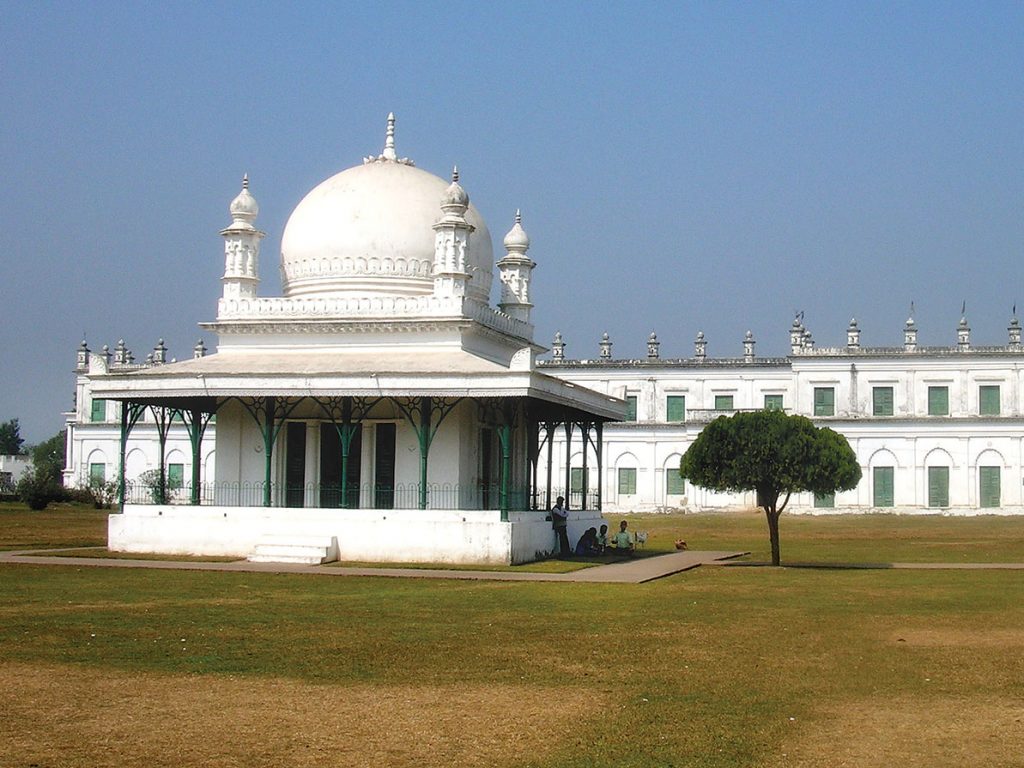
The Kathgola Palace, a resplendent garden mansion of Raja Dhanpat Singh Dugar and Lakshmipat Singh Dugar and their famous Adinath Temple were built in 1873. The walls of this temple are also intricately designed in the typical Jain style of ornamentation, lending the house of worship a unique beauty. The most poignant place, however, lies about half a mile from the Hazarduari Palace. Jafarganj, the palace of Mir Jafar, now stares at you in a sad state of ruin. The cemetery here contains the tombs of all the important nawabs and begums of Murshidabad. And as you stand amidst the wreckage, looking at the sunset, the red in the sky is as much a reminder of the bloodshed in the numerous wars as of the royal pomp and pageantry that was the kingdom, once upon a time, of Murshidabad.

